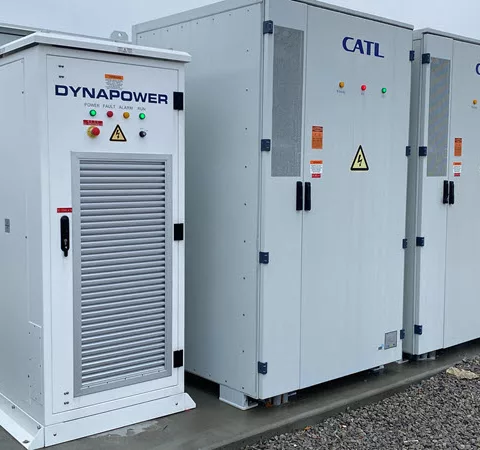Batteries degrade over time – it’s a fact everybody knows. Whether they’re in your phone, your smoke detector, your car – or in a Battery Energy Storage System (BESS) – even top of the line batteries’ performance decreases as they age. BESS system designers have two basic options to address this challenge: oversize at installation, or plan for augmentation at a later date. Both options have advantages and disadvantages and in this series of three blog posts, I’ll look at the many aspects of augmentation and provide helpful information and guidance to find the best solution for your situation.

Challenges in Augmentation: If your system wasn’t oversized at time of build, sooner or later you’ll face the need for augmentation. What are the key challenges in augmentation you’ll have to contend with, and what are some ways to overcome them?
1. Cost Implications: Integrating advanced components, control systems, or redundancy measures for augmentation can be expensive. In addition to the up-front equipment costs, there are also long-term maintenance and operational expenses to consider.
Solution: Evaluate expected gains and associated savings through the improved energy efficiency realized with new/upgraded batteries. Higher efficiency reduces energy lost during charge and discharge and will lower operating costs. Efficiency can also reduce the wear and tear on batteries and may allow you to postpone augmentation and take advantage of improving technology and falling costs for batteries.
2. Compatibility with Existing Infrastructure: Augmenting BESS often involves integrating new components or technologies, which must be compatible with existing equipment and the grid infrastructure. Incompatibility can lead to operational issues and additional costs.
Solution: On the hardware side, use strategies that maximize system compatibility like not mixing batteries of different designs/technologies, or combining old and new batteries in the same system. On the grid side, consider using system architectures (like DC-coupled) that avert impact on your interconnection agreement.
3. Maintenance and Reliability: With the introduction of new components and complexity, the risk of system failures increases. Ensuring the reliability of augmented BESS is important but can be challenging.
Solution: Implement a robust maintenance and monitoring program. Use predictive analytics and real-time monitoring to spot potential issues before they cause system failures. Incorporate fault-tolerant designs and redundant components when possible to enhance system reliability.
4. Integrating Multiple Energy Sources: Part of augmentation could be the integration of multiple energy sources like solar or wind. Coordinating such diverse components to maximize efficiency can be complex.
Solution: Advanced control systems using predictive analytics and machine learning will optimize the operation of multiple energy sources within the BESS. These systems can adapt to changing conditions and maximize energy utilization. Ensure the companies supplying your new equipment are versed in addressing integration and will support your augmentation with expert guidance and deployment tactics.
Conclusion
Battery Energy Storage Systems are typically faced with the choice of either initially oversizing battery capacity or planning for battery augmentation anywhere from 5-10 years later. Understanding the challenges in augmentation will help you avoid major issues. Both strategies have advantages and challenges so understanding what issues you will need to address will guide you to make the best decision for your project.